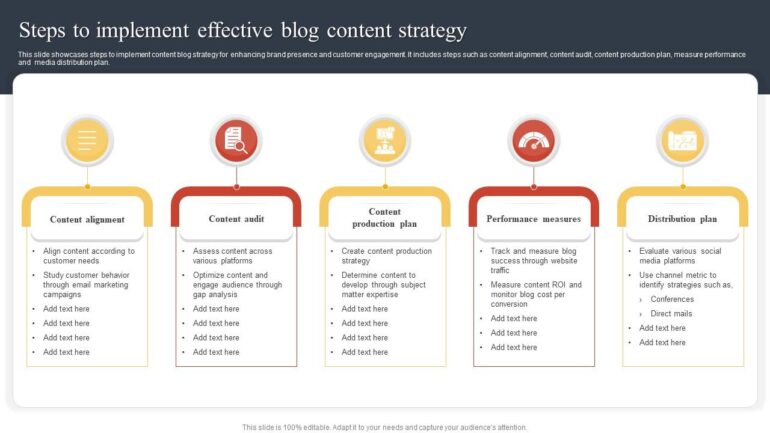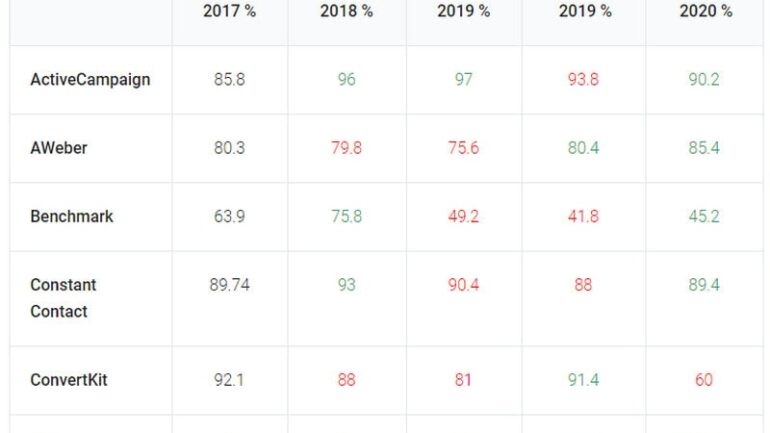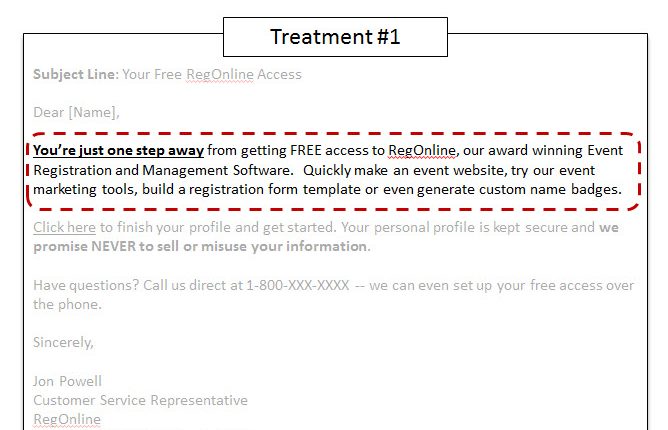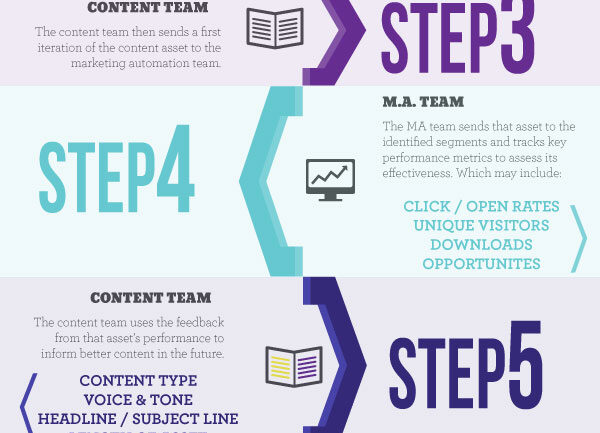Introduction
When it comes to content strategy, it’s important for businesses and marketers to evaluate the effectiveness of their efforts. In today’s digital age, simply creating and publishing content is not enough. Measuring the impact and success of your content is crucial to understanding what works, what doesn’t, and how to improve your strategies.
However, with the abundance of metrics available, it can be overwhelming to know which ones truly matter. This blog post aims to shed light on the metrics that are most important for evaluating content strategy effectiveness. By focusing on these key indicators, you’ll be able to gain valuable insights and make data-driven decisions to optimize your content efforts.
1. Traffic Metrics
One of the primary metrics to consider is website traffic. By monitoring the number of visits, unique visitors, and page views, you can determine the level of engagement with your content. Analyzing traffic metrics helps you identify which pieces of content are driving the most traffic and attracting the highest number of visitors.
1.1 Bounce Rate
The bounce rate refers to the percentage of visitors who leave your website after viewing only one page. A high bounce rate may indicate that your content is not relevant, engaging, or meeting visitors’ expectations. Aim for a low bounce rate to ensure visitors are exploring your site further.
1.2 Average Time on Page
The average time on page metric indicates the average amount of time visitors spend on a specific page. A longer average time on page suggests that your content is holding visitors’ attention and providing value. Analyze this metric to identify which pages are performing well and keep visitors engaged.
2. Conversion Metrics
Ultimately, the success of your content strategy is determined by its ability to drive conversions. Conversion metrics evaluate how effectively your content is turning visitors into customers or achieving specific goals, such as newsletter sign-ups or product purchases.
2.1 Conversion Rate
The conversion rate measures the percentage of visitors who complete a desired action, such as filling out a form or making a purchase. This metric helps you understand the effectiveness of your content in driving conversions. A higher conversion rate indicates that your content is resonating with your audience and driving desired actions.
2.2 Click-Through Rate (CTR)
The click-through rate measures the percentage of people who click on a specific link or call-to-action within your content. A high CTR indicates that your content is compelling and effectively guiding visitors to take the desired action. Monitor this metric to optimize your calls-to-action and improve conversion rates.
3. Engagement Metrics
Engagement metrics focus on how users interact and engage with your content. These metrics provide insights into the level of interest, involvement, and satisfaction of your audience.
3.1 Social Shares
Social shares reflect the number of times your content is shared across various social media platforms. This metric indicates how well your content resonates with your audience and has the potential to increase brand awareness and reach new audiences.
3.2 Comments and Feedback
Monitoring comments and feedback allows you to gauge the level of interaction and conversation generated by your content. Engaging with your audience through comments can help build relationships, gather feedback, and improve your content strategy.
“Metrics that Matter: Evaluating Content Strategy Effectiveness
Summary

Measuring the effectiveness of your content strategy is vital for long-term success. It allows you to understand the impact of your efforts, identify areas for improvement, and align your strategy with your business goals. Here are the key takeaways regarding metrics that matter:
- Engagement Metrics: Metrics like pageviews, time on page, bounce rate, and social shares help you gauge how well your content is resonating with your audience and whether it is driving meaningful engagement.
- Conversion Metrics: Metrics such as click-through rates, conversion rates, and lead generation metrics enable you to assess how effectively your content is driving desired actions, such as conversions and sales.
- SEO Metrics: Metrics like organic search traffic, keyword rankings, and backlink profile provide insights into how well your content is optimized for search engines and whether it is attracting organic traffic.
- ROI Metrics: Metrics such as cost per acquisition, customer lifetime value, and return on investment help you determine the financial impact of your content strategy and whether it is delivering a positive return.
By focusing on these metrics, you can gain a comprehensive understanding of your content strategy’s effectiveness and make data-driven decisions to continuously improve and meet your business objectives. Remember, it’s not just about creating content, but also about evaluating its impact and refining your strategies accordingly.
Stay tuned for our upc check it out oming blog posts, where we will dive deeper into each of these metrics and provide practical tips on how to measure and leverage them effectively.

Hello, I’m Aiden Hibbins, a passionate and experienced Content Strategist specializing in Social Media Marketing, Web Design and Development, and SEO Optimization. With a deep understanding of the digital landscape, I strive to help businesses and individuals create compelling and effective online content strategies.




